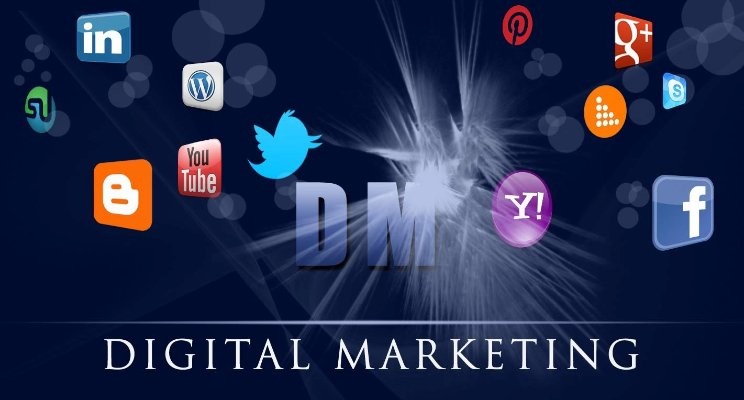In recent years, cloud computing has become an indispensable tool for individuals and businesses alike, revolutionizing the way we store, access, and manage data and applications. Its flexibility, scalability, and cost-effectiveness have made it a preferred choice for organizations of all sizes, from startups to multinational corporations. However, navigating the complex landscape of cloud computing can be daunting, especially for those new to the technology. In this comprehensive guide, we’ll delve into the various aspects of cloud computing, covering everything from its fundamental concepts to advanced strategies for maximizing its potential.
Table of Contents:
- Introduction to Cloud Computing
- What is Cloud Computing?
- Evolution and Adoption
- Key Characteristics
- Deployment Models
- Types of Cloud Services
- Infrastructure as a Service (IaaS)
- Platform as a Service (PaaS)
- Software as a Service (SaaS)
- Function as a Service (FaaS)
- Everything as a Service (XaaS)
- Benefits of Cloud Computing
- Cost Savings
- Scalability and Flexibility
- Accessibility and Mobility
- Reliability and Security
- Innovation and Competitive Advantage
- Challenges and Considerations
- Security Concerns
- Compliance and Regulatory Issues
- Data Privacy
- Vendor Lock-In
- Performance and Latency
- Choosing the Right Cloud Provider
- Factors to Consider
- Market Leaders and Emerging Players
- Evaluating Service Level Agreements (SLAs)
- Cloud Migration Strategies
- Managing Cloud Resources
- Resource Provisioning and Allocation
- Monitoring and Optimization
- Cost Management
- Backup and Disaster Recovery
- Security Best Practices
- Identity and Access Management (IAM)
- Encryption Techniques
- Network Security
- Incident Response and Forensics
- Advanced Cloud Computing Concepts
- Hybrid Cloud and Multi-Cloud Deployments
- Serverless Computing
- Edge Computing
- Artificial Intelligence and Machine Learning in the Cloud
- Industry Use Cases
- E-commerce and Retail
- Healthcare
- Finance
- Education
- Manufacturing
- Future Trends and Innovations
- Edge Computing and IoT Integration
- Quantum Computing
- Blockchain in Cloud Computing
- Green Cloud Computing Initiatives
Conclusion
As cloud computing continues to evolve, it’s essential for users to stay informed about the latest trends, best practices, and innovations in the field. By understanding the fundamental concepts, benefits, challenges, and advanced strategies outlined in this guide, individuals and organizations can harness the full potential of cloud computing to drive innovation, streamline operations, and achieve their business objectives in an increasingly digital world.
With the right knowledge and approach, navigating the complexities of cloud computing can be not only manageable but also transformative, empowering users to leverage the vast resources of the cloud to create a more efficient, secure, and resilient computing environment for the future. Whether you’re a seasoned IT professional or a novice user, this comprehensive guide serves as a roadmap for navigating the exciting world of cloud computing with confidence and expertise.







Leave a Reply